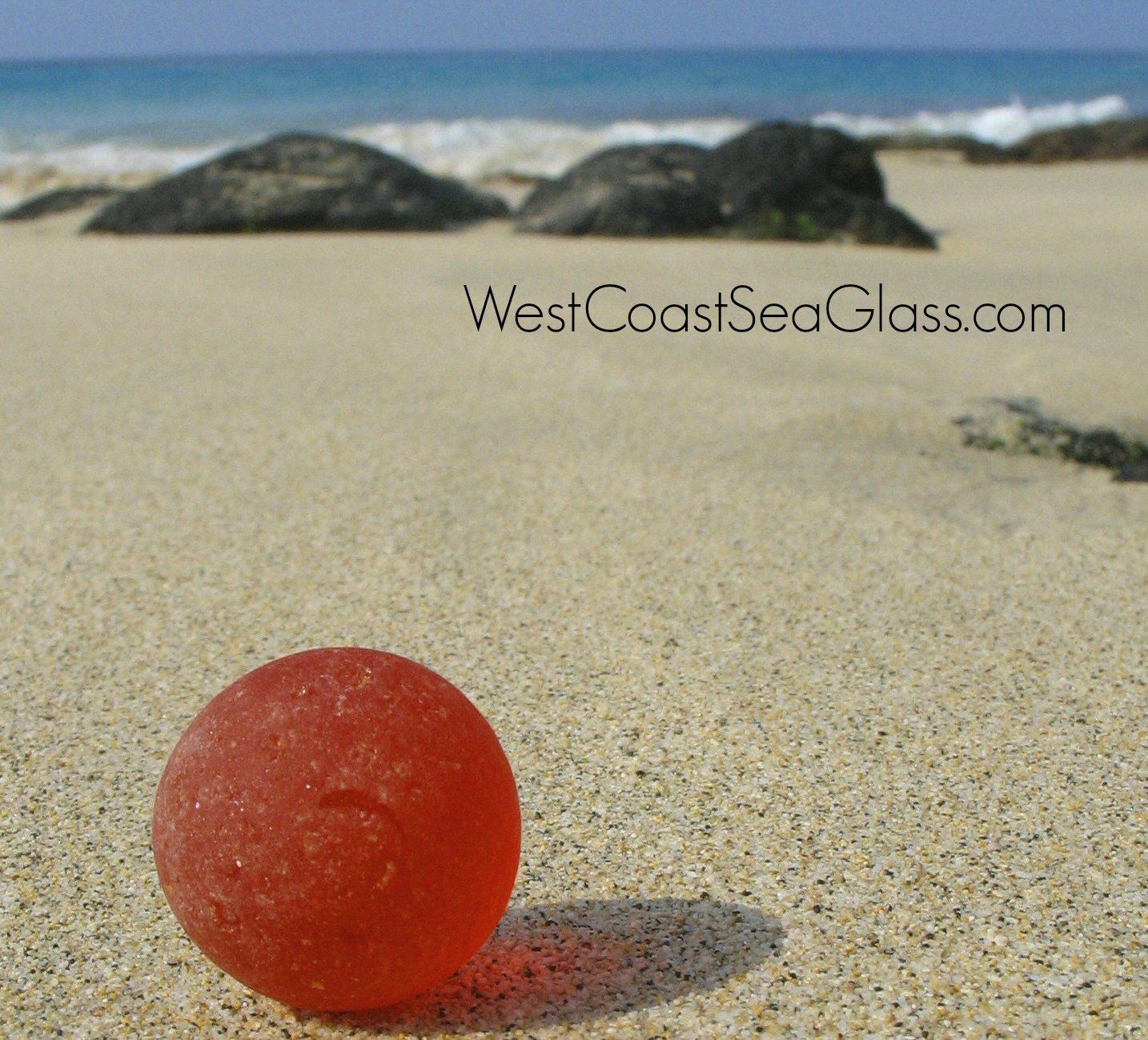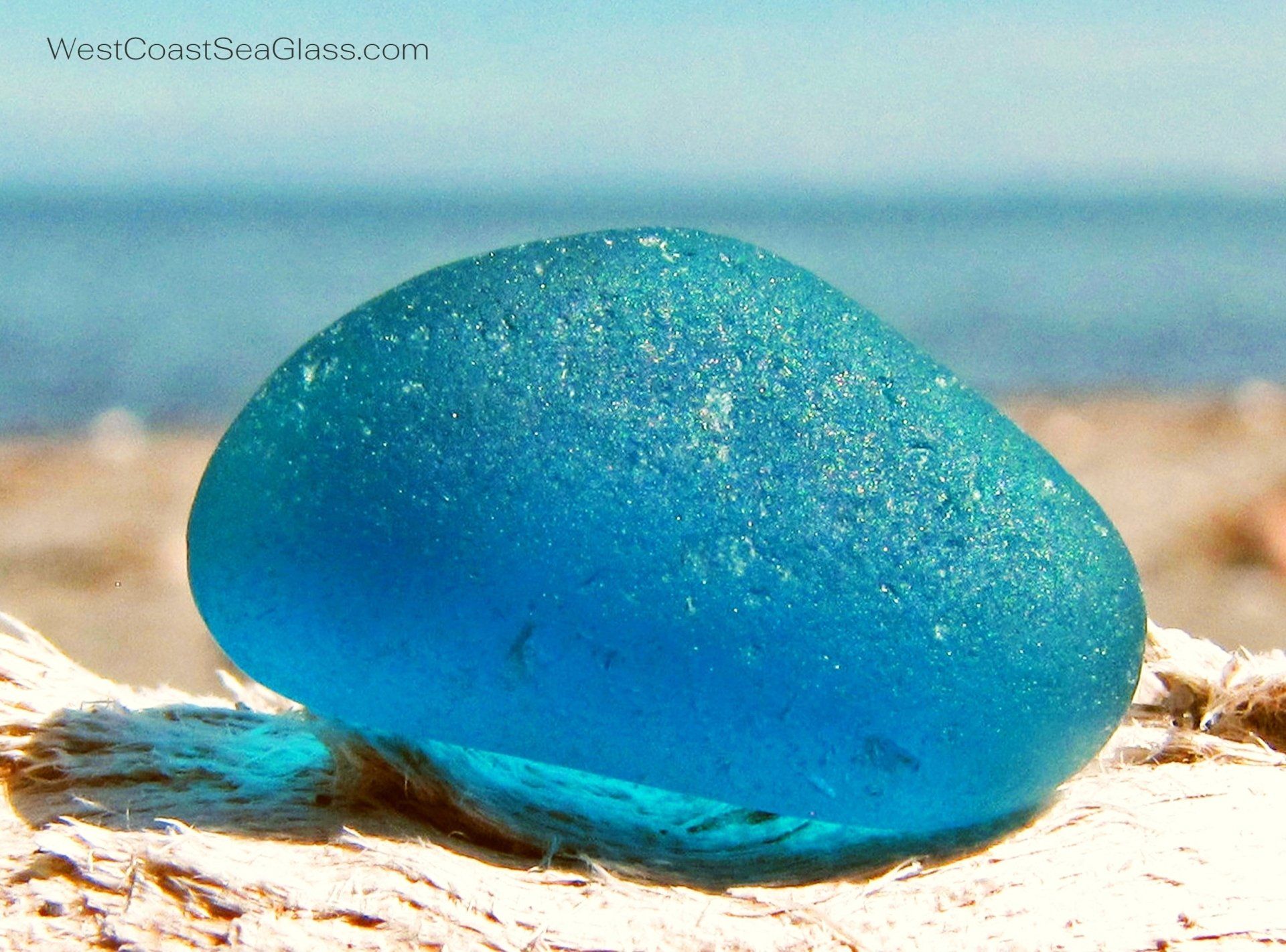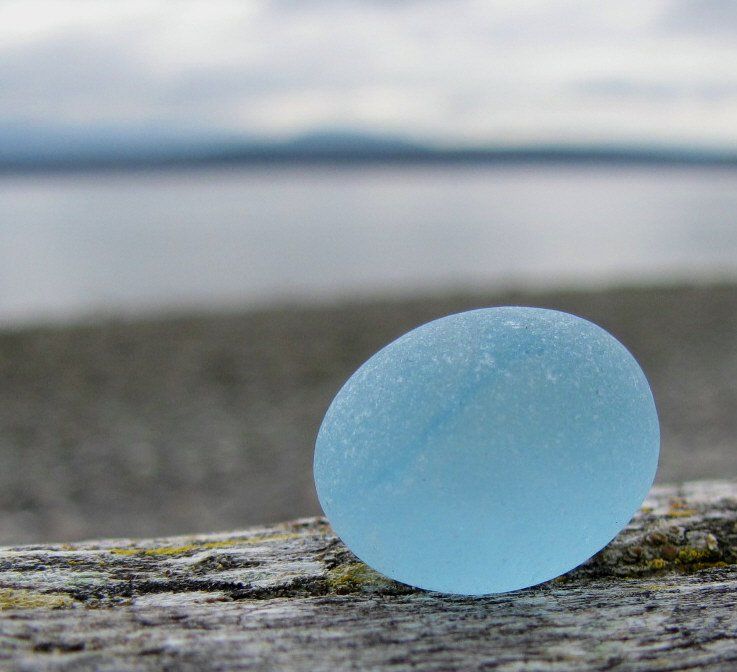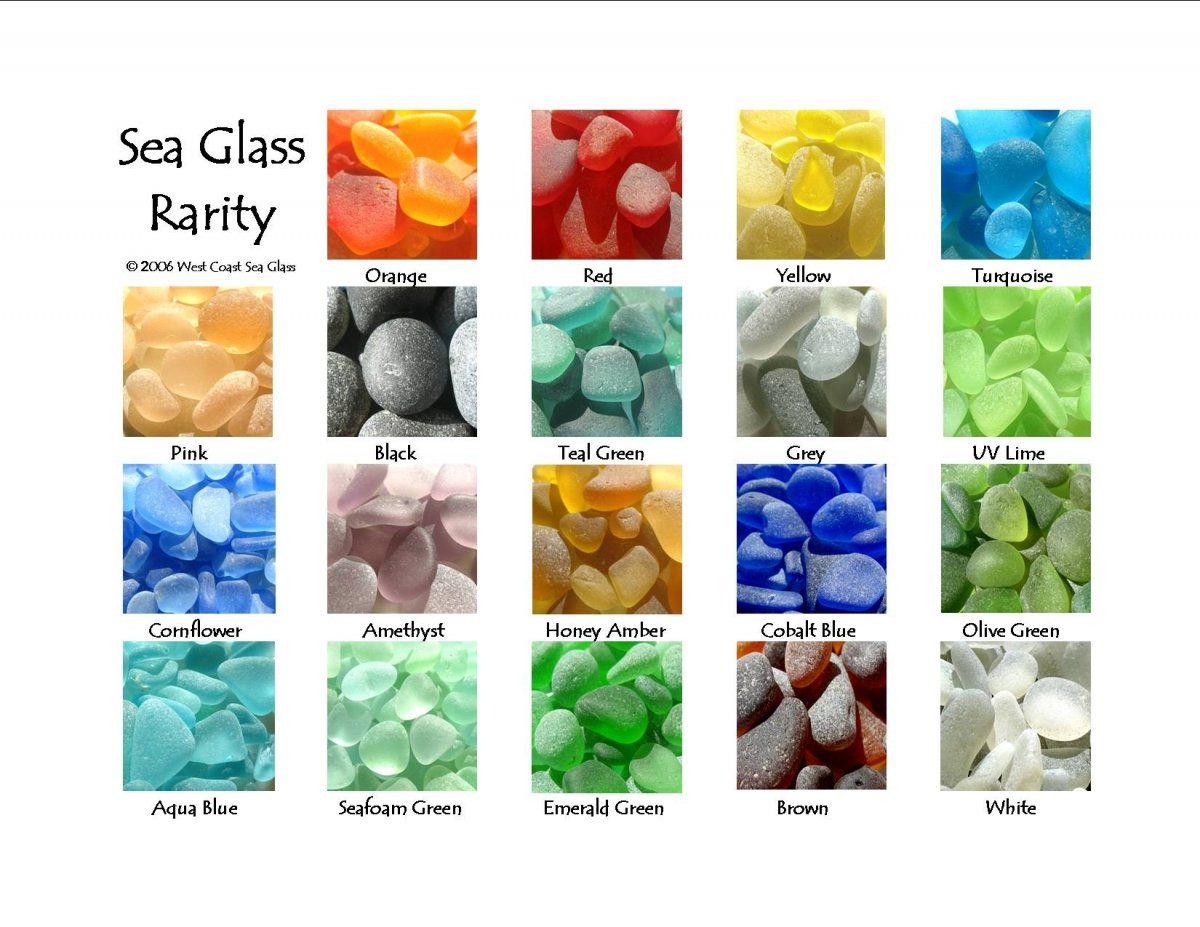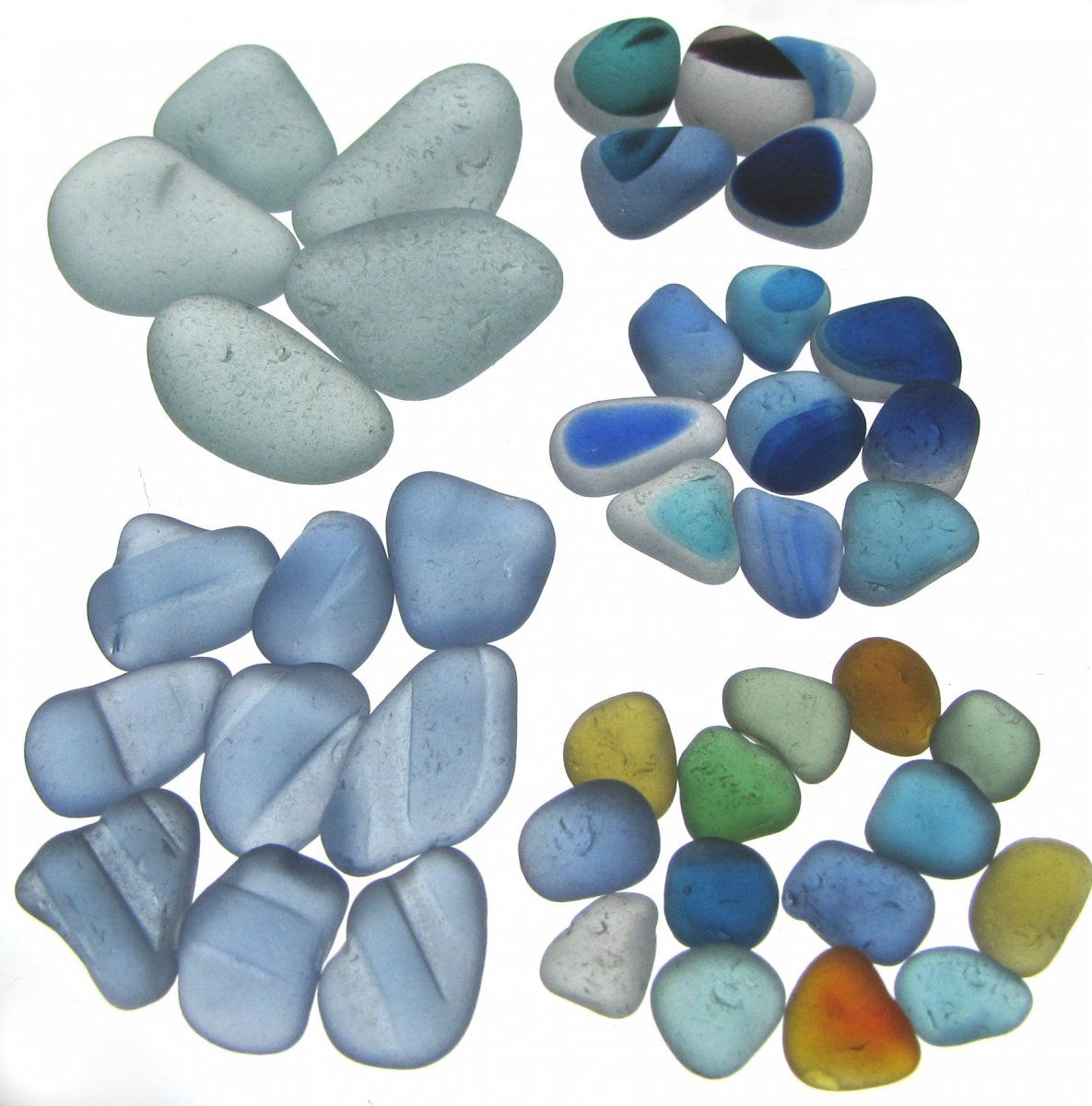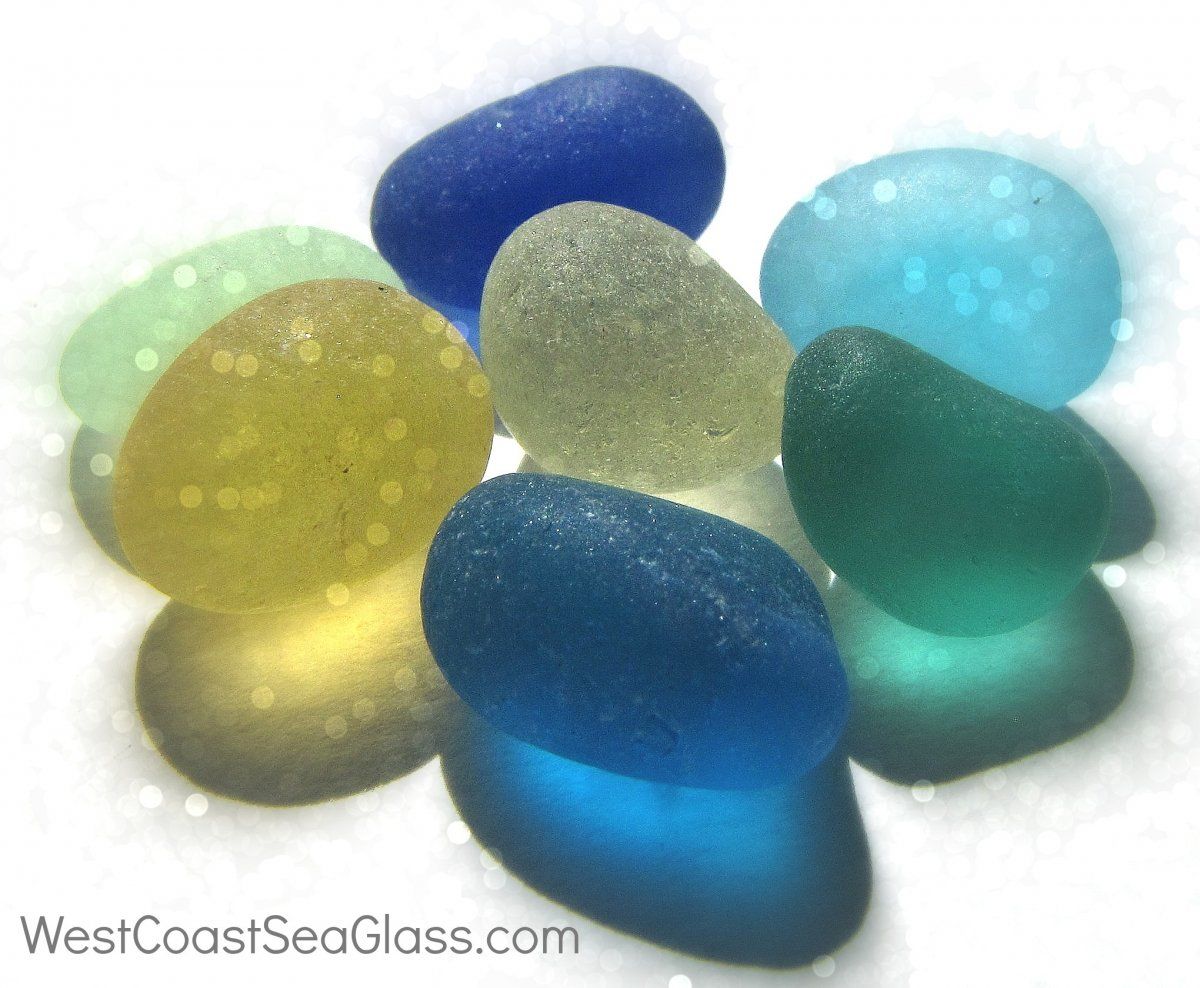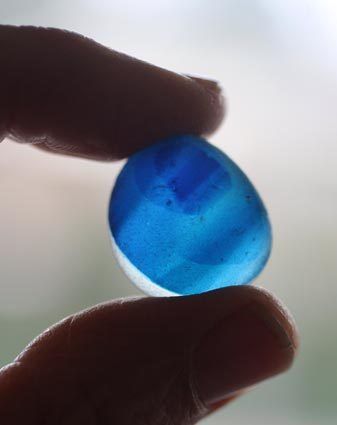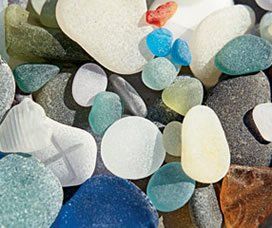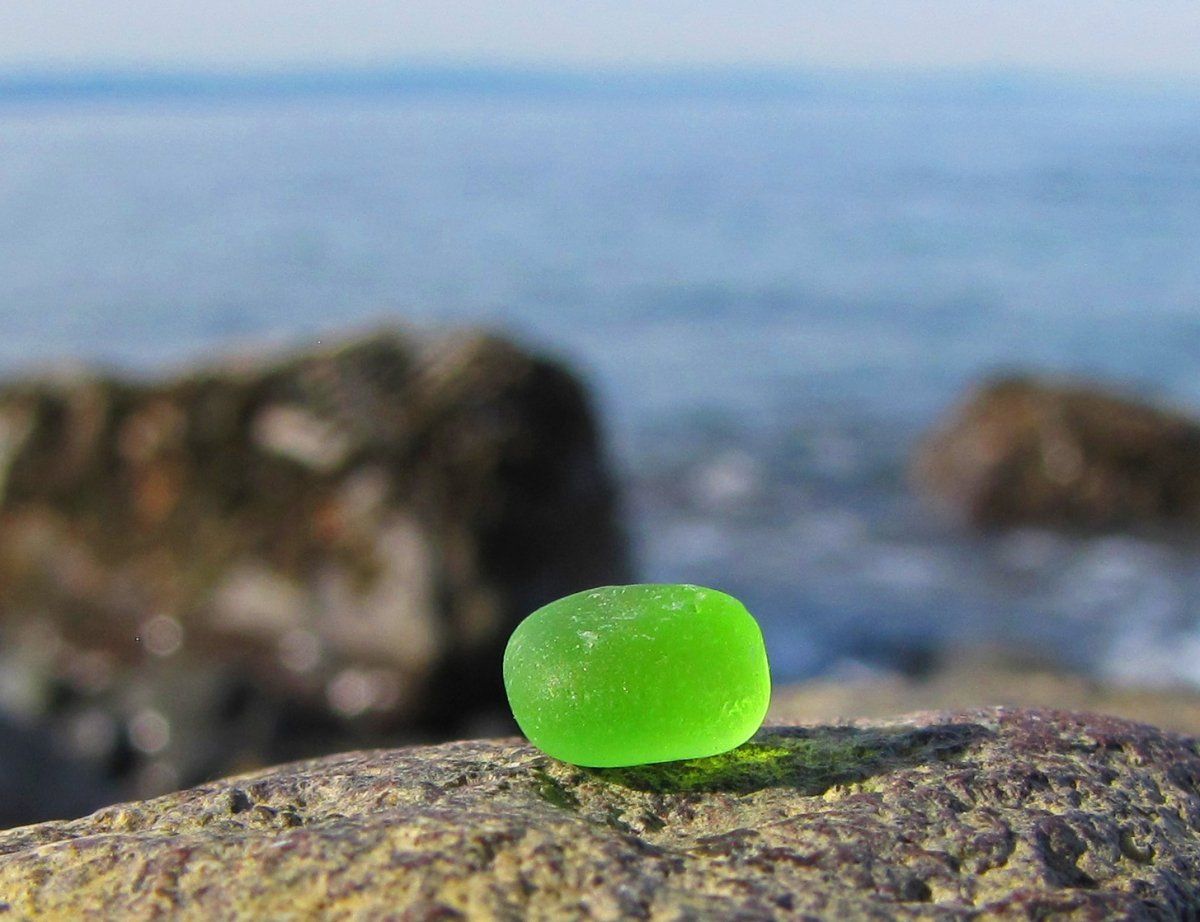West Coast Sea Glass
Genuine Sea Glass Jewelry and Bulk Sea Glass
Sea Glass Definitions and Terminology
Sea Glass and Beach Glass Definitions - By WestCoastSeaGlass.com - Mary Beth Beuke
The popularity of sea glass has exponentially grown over the past few decades across the globe. Collecting, studying, identifying and admiring these pretty gems has been fully embraced by ocean lovers and adventurers wide and far. There is a lot to be learned about sea glass. Let's start with accurate and descriptive terminology.
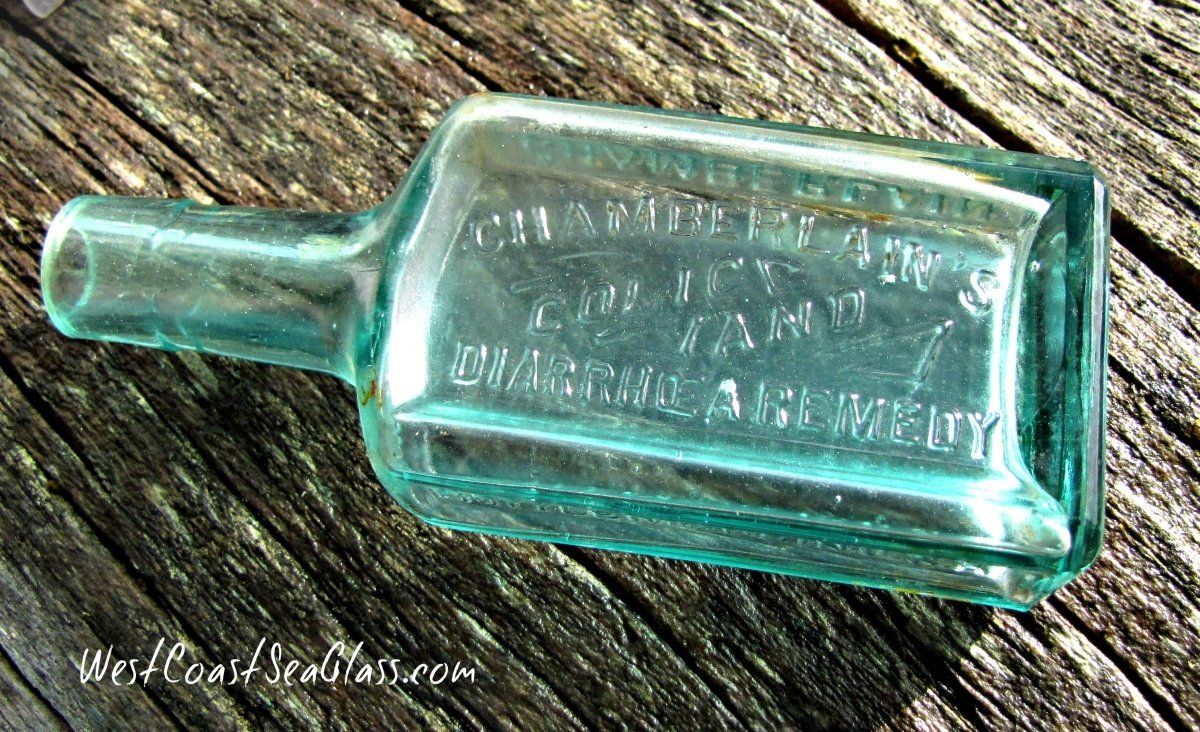
What is Sea Glass?
Sea glass is glass that is found along a sea or shoreline. Sea glass is fragments, shards, and remnants of glass pieces that, for a variety of different reasons, has ended up naturally tumbling along a shore or beach. How did glass end up on beaches? Humans around the world have been discarding refuse glass; tableware, bottles, window panes, dishes, etc for hundreds of years into oceans, lakes, from ships and onto beachside landfills.
True sea glass is glass that was historically discarded into, or made its way to the sea long ago and as a result has had its surfaces tumbled, frosted and conditioned by the elements of water, winds, tides and natural shoreline pebbles and sands. Want to find some yourself? For more accurate info on how to find original, natural sea glass click here: Where and How to Find Sea Glass
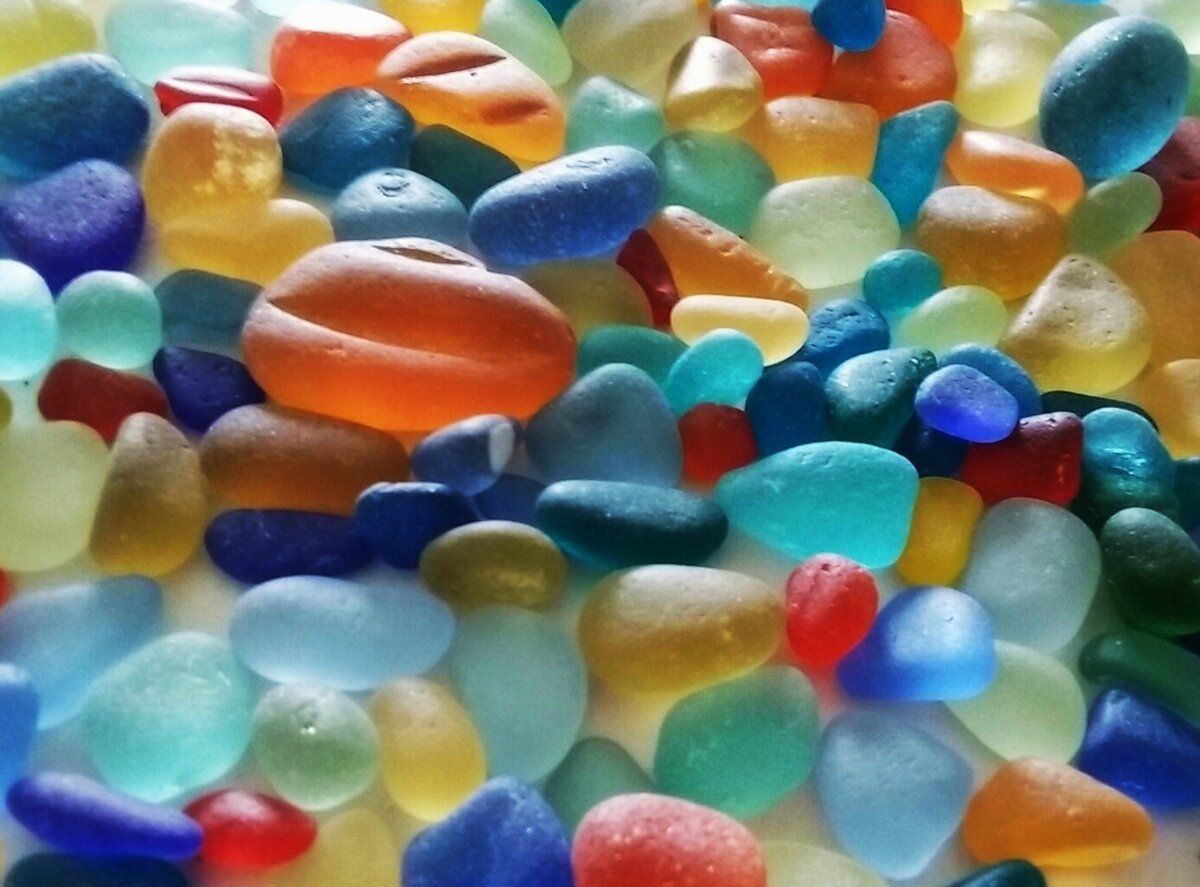
Seaglass :You may have noticed another, compound spelling for Sea Glass as Seaglass. This spelling is not the correct spelling of sea glass. There is no word seaglass in the English dictionaries. This alternate spelling has come about for a few reasons. With the rise of the internet and phraseology, folks often omit spaces between words.
For example the hashtag #seaglass is used most often on sea glass because the term #sea glass doesn't populate a search accurately online when separated by a space. Seaglass is not a noun but sea glass is the correct, descriptive term to describe glass from the sea. Though it is not the proper word to describe sea glass, seaglass is still used very much today.
Beach Glass : This phrase is used most often to describe glass found along lakes and non "sea" locations but that still has washed up on a beach. The phrase beach glass is the most common word used to distinguish sea glass from lake glass. Note that sea glass is often called beach glass interchangeably since sea glass is found on beaches. But not all beach glass is sea glass because not all beach glass was found along a seashore. This is a terminological distinction that is important to some.
The Color "Sea Glass"
Over the past couple years, we have noticed the phrase sea glass attributed to a type of color. Is sea glass a color? True sea glass is found in every color of the rainbow but for some reason, the color "sea glass" or "seaglass" has been used to describe many shades of blues. Several cosmetics companies offer "sea glass" eye shadow - which turns out is a turquoisey blue shade. Just within the past 2 years, Axalta Coating Systems, a company that manufactures coatings for motor vehicles introduced an automotive color Sea Glass (notice the 2-word spelling) "inspired by Nature's waterways and oceans." The Valspar company also has a paint color entitled "seaglass". Though sea glass is not an official color, the phrase is very often used to describe a beachy, blues color palette.
